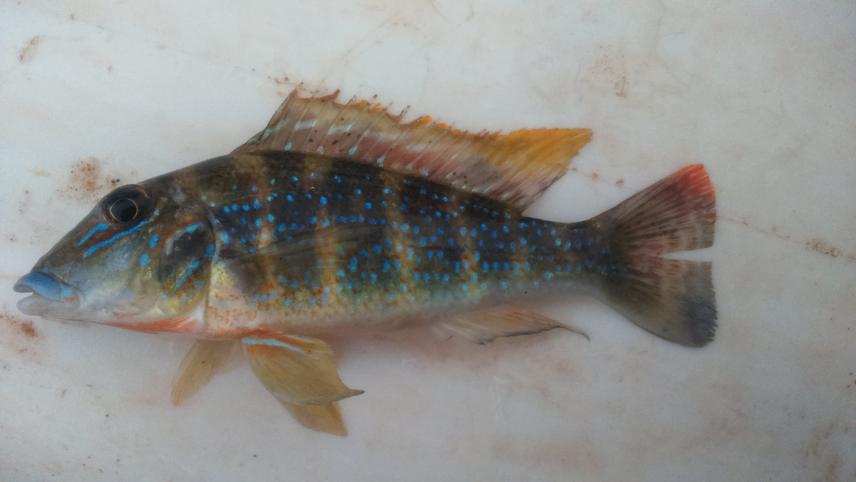Oscar Barroso Vitorino Júnior
Other projects
19 May 2016
Pirapitinga Project - Conservation and Environmental Education Allied for Maintenance of Endangered Fishes from Headwaters of Two Main Brazilian Basins
The Pirapitinga Project aims to the conservation of important habitats for the ecosystem services supplies related to water resources in an important freshwater ecoregion, the upper Tocantins river basin. We perform research about the conservation of aquatic habitats and the species related to them focusing on rare and threatened species that may serve as biological indicators of the aquatic environments conservation status. Also, we perform an awareness campaign on the rural properties that comprise occurrence spots of these species about the importance of the maintenance of interesting landscape features associated to the aquatic environments for the proper functioning of the ecosystems and consequent provision of water, fisheries and all the services provided by the aquatic environments.

Retroculus lapidifer.
The Project started in 2009 when we discovered isolated populations of the rare and threatened “pirapitinga” (Brycon nattereri, Characiform, Bryconidae) in the upper Tocantins and Paraná River basins. From there on we started to evaluate the occurrence of this and other rare and threatened species associated to important conservation hotspots of the aquatic environments in the Brazilian Cerrado. During this work we noticed the necessity for educational activities at the rural properties of the region in order to raise awareness on the importance of the maintenance of the physical structures of water bodies and vegetation associated to them to ensure the provision by the aquatic environments of the ecosystem services such as water supply and fisheries. During the following years we have intensified our activities that have shed light to the biological diversity of the streams habitats of the upper Tocantins river basin, with the collection of many rare species and important information about the conservation status of these streams. Also, we incremented our education activities including the participation of schools of the project region as well as the campaign performed in the rural properties to ensure the adoption of good land use practices.
For the next years we are broadening the reach of the project activities and increasing our efforts on the laboratory analysis of ecological preferences of the species, as well as their geographic occurrence and taxonomic status, but mainly analyzing the physicochemical features of the aquatic environments in order to determine priority conservation areas that might ensure the maintenance of the ecosystem services provided by the aquatic environments.